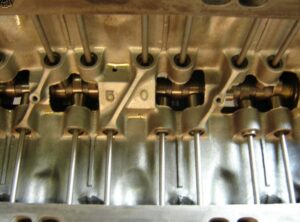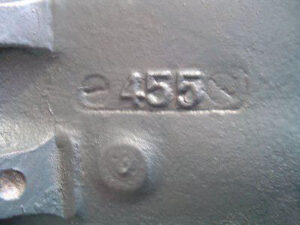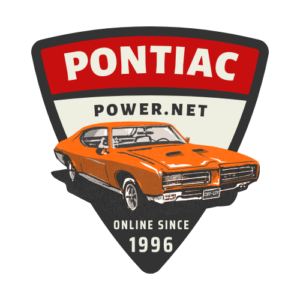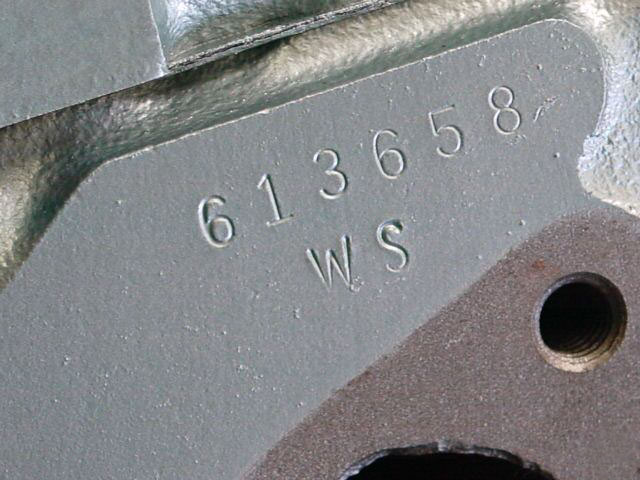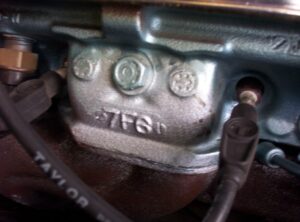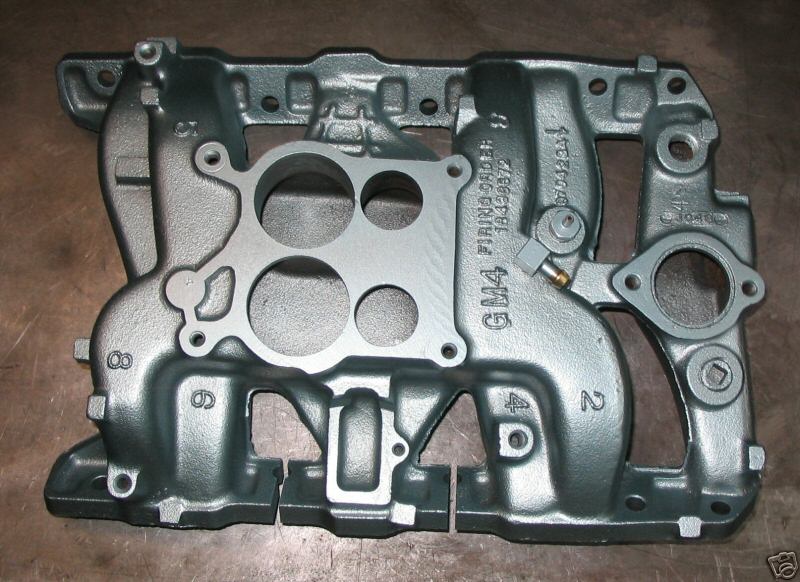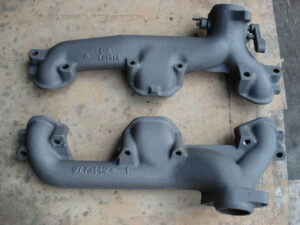By the Numbers
What engine do I have? Do I have big valve heads? Pontiac made it easy to know what is sitting between the fenders of your Pontiac or on the ground at the local salvage yard. The engines were coded with many numbers and letters. The casting code will help determine what the block is. The block code was used to ID what application the engine was to be used for. The date code will show when it was made.
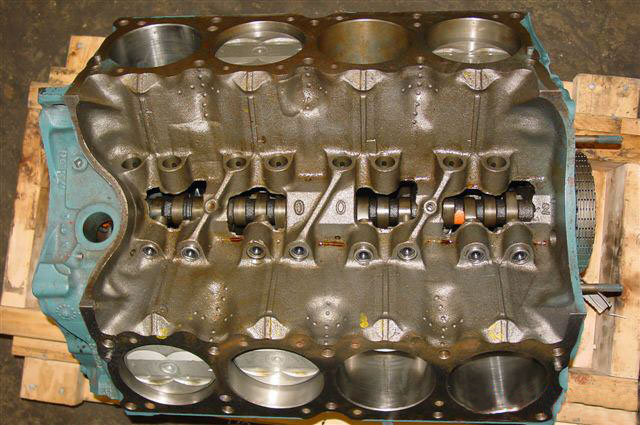
VIN & Date Code
The block VIN and the vehicle VIN were the same, but by late 1967 the block VIN was revised. It started out with a 2 (for Pontiac), the last digit of the year and a letter for the assembly plant followed by the last 6 digits of the vehicle VIN. It was located on the front of the block, on the passengers side, at the bottom near the timing cover.
Common assembly letters are:
A = Atlanta
B = Baltimore
C (or S) = California/Southgate
E = Linden, NJ
G = Framingham, MA
K = Kansas City, MO
L = Van Nuys
R = Arlington, TX
X = Kansas City, KN
1 = Oshawa, Ont.
Z = Fremont, CA
*Note* This number sometimes is stamped very lightly and may be hard to read as seen in this picture. It is also interesting that this block has the VIN stamped twice on it.
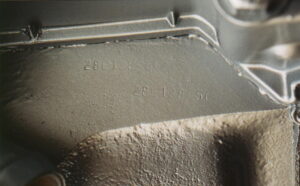
The date code is cast on the distributor pad. It is a 3 or 4 digit code. The first digit will be a letter.
A=January
B=February
C=March, etc.
Followed by a 1 or 2 digit number for the day of the month. The last digit will be the year.
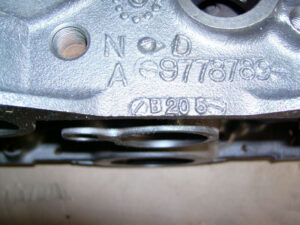
Motor Mounts & Freeze Plugs
Starting in 1959 with the 389 block side motor mounts were used with two holes. In 1964 all blocks had provisions for block mounted starters. Although the full-sized cars still used the bell housing starters. In 1970, all blocks now had 5 motor mount holes, but not always tapped. The additional holes was done to fit the 2nd generation Firebird/Trans Am frame. The last of the V8′s (1977 to 1979) did not have the rear motor mount holes at all. Making it very difficult to install in to a GTO/Tempest.
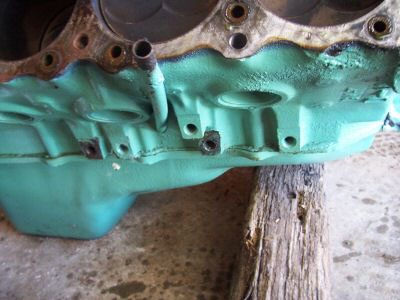
There were only two freeze plugs from 1955 to 1966. And beginning in 1967 there were three per side.
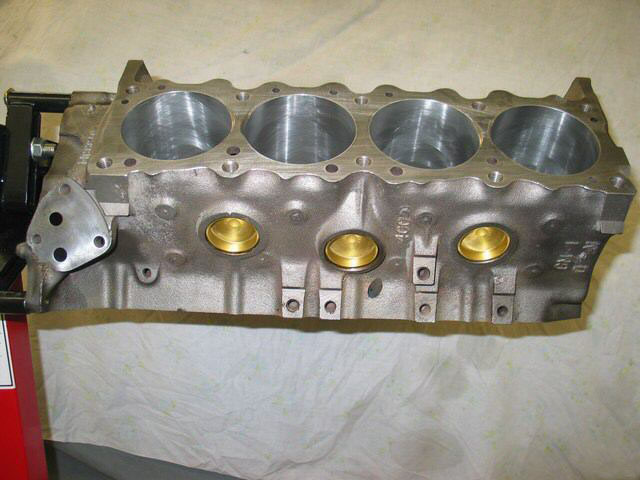
Transfer Lug & Displacement ID
The transfer lug or pyramid at the rear of the block to the passenger’s side of the distributor hole. The 389 and 400 blocks will not have this lug. The 326, 350, 421, 428 and 455 blocks will have the transfer lug. This was used to ID an engine when it need to be “transferred” to another line for additional machining.
Note: The 1973 SD 455 did not have the transfer lug while the 1974 SD did.
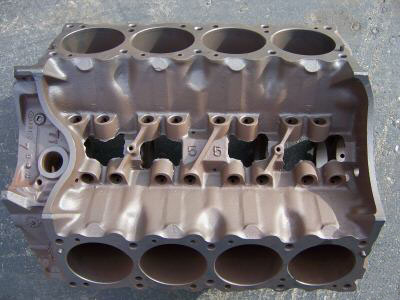
Displacement ID’s were cast in the side of the block starting with the 1968 428. A 428 was cast on the side of the block and in the lifter valley was a 28. In 1970 the 350 and 455 had their size cast in the side and a 50 or 55 in the lifter valley. The 400 also has the 400 on the side and 00 in the lifter valley, but not until 1971.
